By focusing only on the females, Enzootic says it can tip the scales on prawn farming environments and market adoption
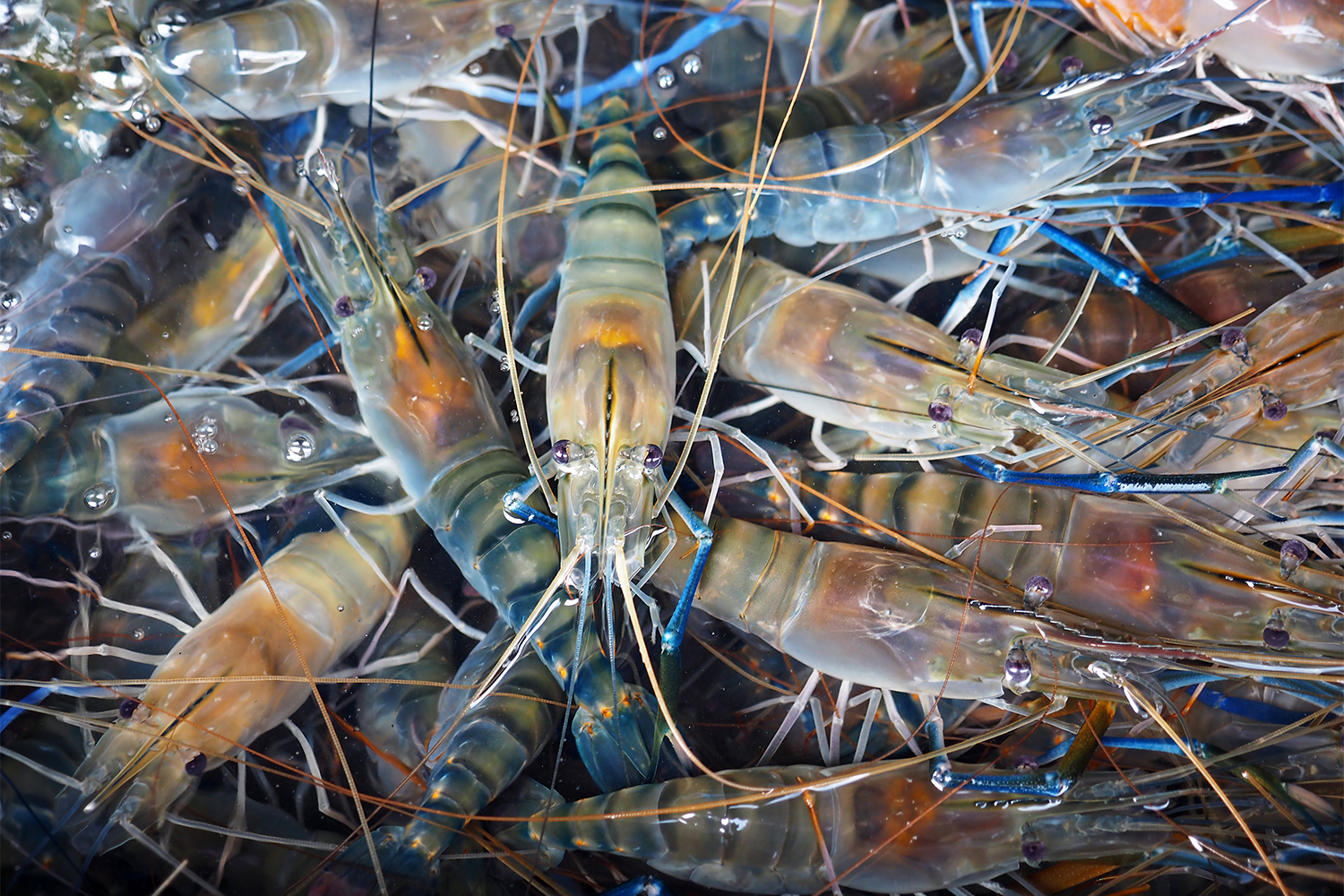
The giant freshwater prawn (Macrobrachium rosenbergii) is a beloved staple of traditional southeast Asian cuisine, with its flavor and amenability to land-based farming making it a traditional cash crop for Thai, Malaysian and Vietnamese farmers who raise it in large outdoor ponds. It’s known for its unique sweet flavor, can grow fast in zero-salinity water and has good resistance to disease, so large-scale prawn farming of the species remains a huge and untapped potential.
But so far, two issues have prevented the prawns from becoming a greater part of the global shrimp industry. Firstly, the economics of farming them are not efficient due to the complex social behavior of the dominant, aggressive, territorial males. This results in relatively low stocking densities of around two to four animals per square meter. As a result, the giant freshwater shrimp tends to be grown as a secondary product with other species such as tilapia.
Secondly, it has some disadvantages over species like whiteleg shrimp (Litopenaeus vannamei), which has always been the preferred species in terms of economics, disease resistance, stocking density and ability to process, freeze and keep in relatively good quality.
Now, however, the giant freshwater prawn could enjoy wider commercial success, thanks to a new breeding technique developed by Enzootic, an Israeli agro-biotech venture founded in 2012 by Dr. Assaf Shechter and Professor Amir Sagi.
One of the company’s first initiatives was to develop and commercialize a technology to create all-female populations of giant freshwater shrimp. Completely eliminating males from the grow-out ponds removes territorial behavior and reduces stress, while females are uniform in size and are far less aggressive, making it possible to raise them in more densely packed grow-out ponds. By strategically focusing on short grow-out cycles at high densities with a 40-gram average size harvest, this approach could improve annual production as much as 300 percent, dramatically impacting farmers’ total yield and income.
Genomics and feed teams take aim at improving freshwater prawn aquaculture
Enzootic’s technology harnesses the natural sexual plasticity of crustaceans. This is the ability to be either male or female externally, regardless of genetic composition. It occurs depending on various factors. If biologists know what these are, when they occur, and the sexual differentiation mechanism that regulates sexual plasticity, they can tap into this natural phenomenon and use it to their advantage, Shechter told the Advocate.
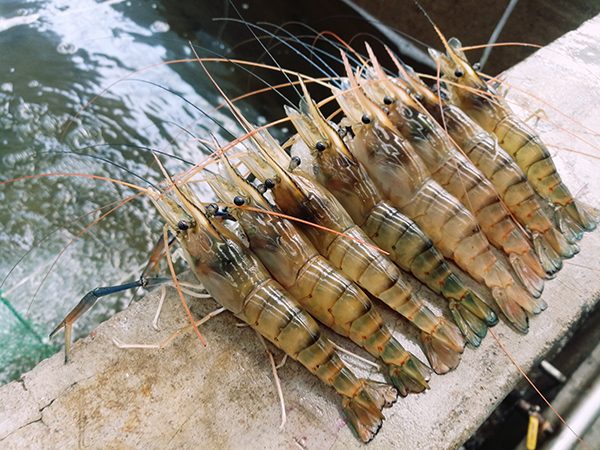
Parental cells from male donors are micro-transplanted into young females to create an external functional sex reversal. The females then become fully functional neo-males with sperm and testes, even though they are still genetically females. They can then be bred with normal females to create a unique subpopulation of females called super females. These super females, when bred with any male, will produce a 100 percent all-female population.
“At a certain point in the animal’s lifecycle, there is a decision-making process, during which we surgically transplant cells of a different gender into that animal,” Shechter said. “We are shifting the animal’s inherent capacity to function as either male or female. There is no genetic manipulation, gene editing or modifying. Anything that is related to the genes is not in our scope.”
Shechter wagers that higher stocking densities of giant freshwater shrimp, made possible by all-female batches, could accelerate the species’ adoption amongst producers and enable freshwater shrimp farming to be a more significant part of the global shrimp sector in future. But this is not the only reason why he would like freshwater shrimp farming to grow: Diversifying farmed species can be of importance for the long-term performance and viability of aquaculture with respect to sustaining food production under changing conditions, he added. In this sense, the global shrimp sector’s focus on mainly Pacific whites is a risky strategy.
“With the global shrimp supply dominated by Ecuador and India, it’s difficult for vannamei farmers in southeast Asia to have the confidence that they will make money,” he said. “But what if you can diversify and find an alternative? It’s smart to give farmers something that they can make money from without having to compete with other species, an opportunity to do something lucrative. We also know that pandemics in any livestock industry are inevitable, and the next pandemic could potentially wipe out significant portions of the vannamei industry, so we need alternatives like freshwater shrimp, which are more hardy than vannamei and can be farmed away from the coast. Vannamei will always be the chicken of the sea, and the stocking density that our technology will allow for giant freshwater prawn is not comparable to vannamei farming, but we are offering an alternative. For the first time, our technology will enable freshwater shrimp to be a significant part of the shrimp farming sector’s capacity to produce a variety of products.”
Vannamei will always be the chicken of the sea, and the stocking density that our technology will allow for giant freshwater prawn is not comparable to vannamei farming, but we are offering an alternative.
Enzootic’s goal in the next two years is to reduce the 120-day growth cycle of giant freshwater shrimp to 40 grams to just 90 days. With two farms in Thailand, this will put the company’s internal production capacity at around 400 metric tons in 2023, around 750 metric tons at full capacity and eventually 1,000 metric tons. The company’s goal is to produce around 20,000 metric tons of giant freshwater shrimp within five years.
“Our vision is to create a true alternative for shrimp farmers and seafood consumers who appreciate premium quality seafood and prefer their shrimp to be farmed away from the sea,” said Shechter. “As consumers and aquaculture professionals, we want to have a strong freshwater shrimp industry, and to offer more diversified, sustainably farmed seafood.”
Follow the Advocate on Twitter @GSA_Advocate
Now that you've reached the end of the article ...
… please consider supporting GSA’s mission to advance responsible seafood practices through education, advocacy and third-party assurances. The Advocate aims to document the evolution of responsible seafood practices and share the expansive knowledge of our vast network of contributors.
By becoming a Global Seafood Alliance member, you’re ensuring that all of the pre-competitive work we do through member benefits, resources and events can continue. Individual membership costs just $50 a year.
Not a GSA member? Join us.
Author
-

Bonnie Waycott
Correspondent Bonnie Waycott became interested in marine life after learning to snorkel on the Sea of Japan coast near her mother’s hometown. She specializes in aquaculture and fisheries with a particular focus on Japan, and has a keen interest in Tohoku’s aquaculture recovery following the 2011 Great East Japan Earthquake and Tsunami.
Tagged With
Related Posts

Health & Welfare
Emerging disease: Shrimp Hemocyte Iridescent Virus (SHIV)
SHIV is a new Pacific white shrimp virus in the Iridoviridae family. Authors also developed an ISH assay and a nested PCR method for its specific detection.
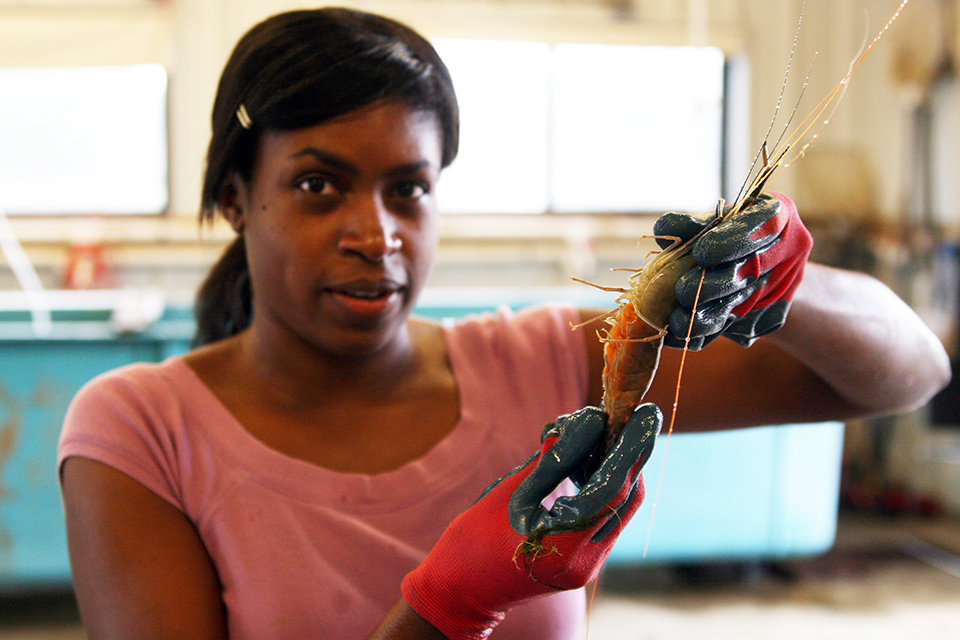
Health & Welfare
KSU confirms impacts of domestication in giant freshwater prawns
In analysis of nine strains of freshwater prawns, wild Myanmar and cultured India populations had the greatest allelic richness and expected heterozygosity.
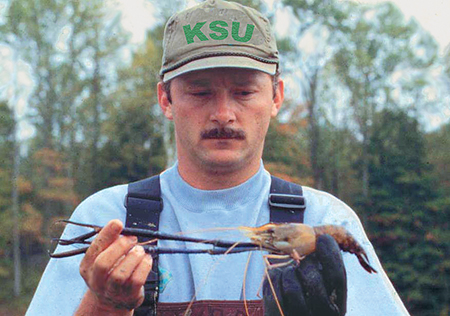
Aquafeeds
Research examines feeding regimes for freshwater prawns
U.S. commercial culture of freshwater prawns has increased thanks to added substrate, increased stocking densities and feed rates and size grading.
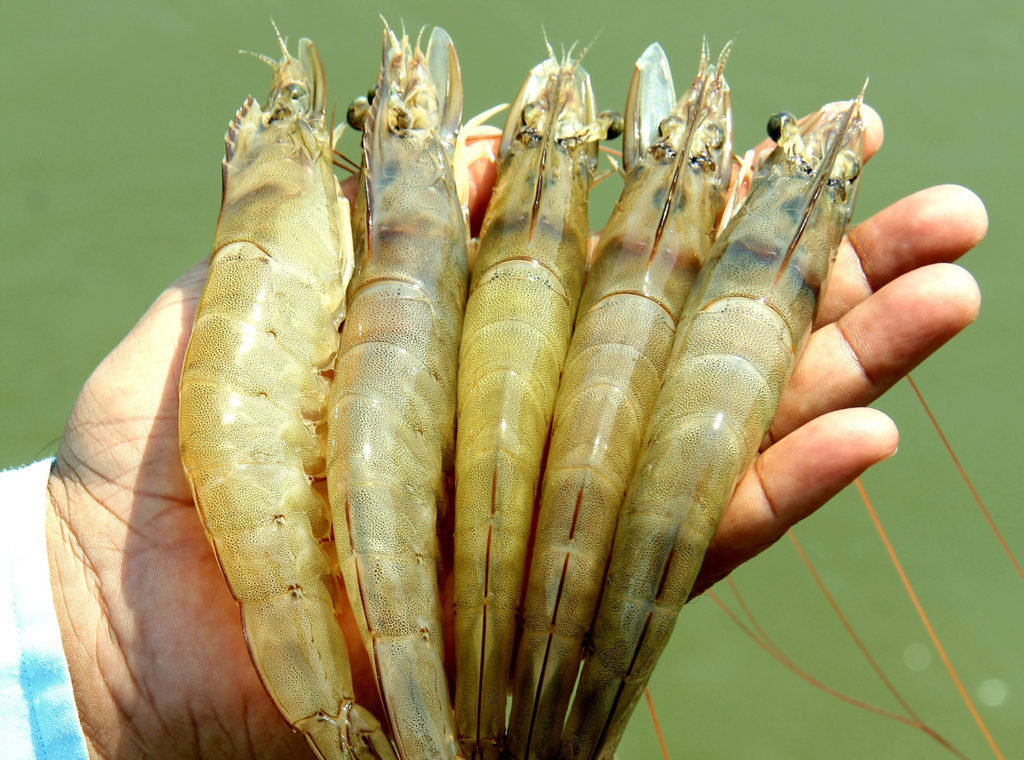
Intelligence
How India became the world’s top shrimp producer
Despite ongoing challenges, Indian shrimp farmers have achieved major developments in hatchery, farm grow-out and feed-manufacturing technologies.


